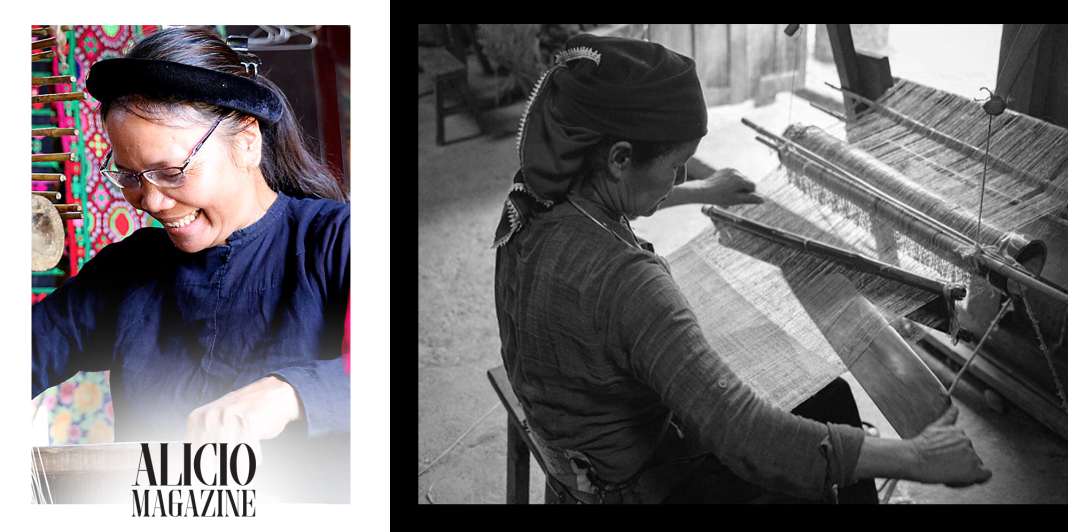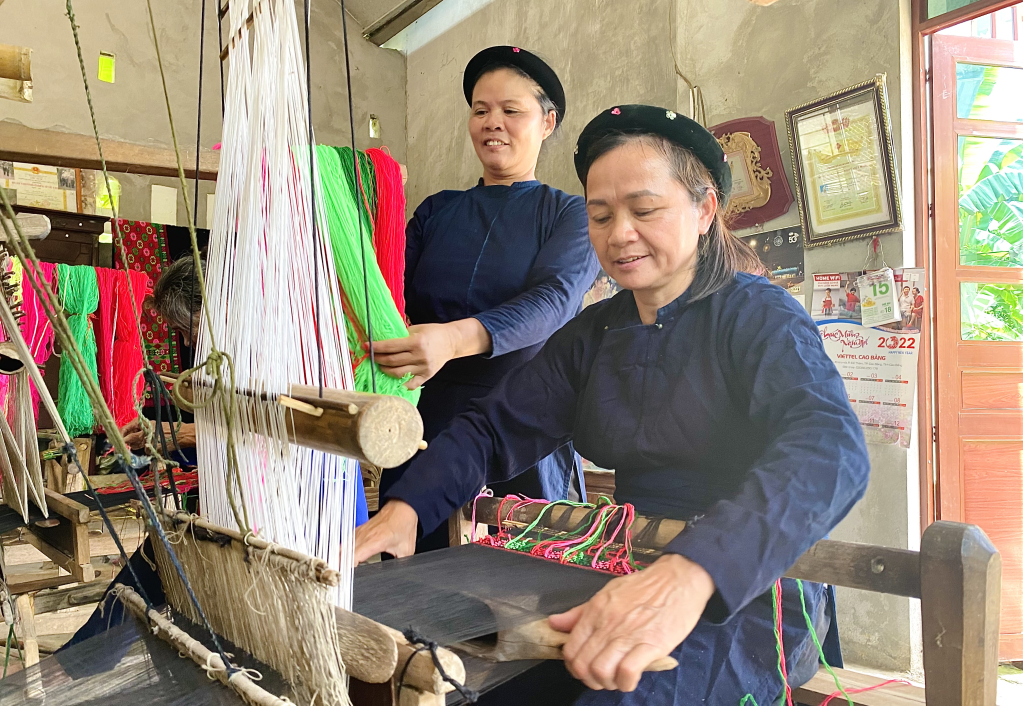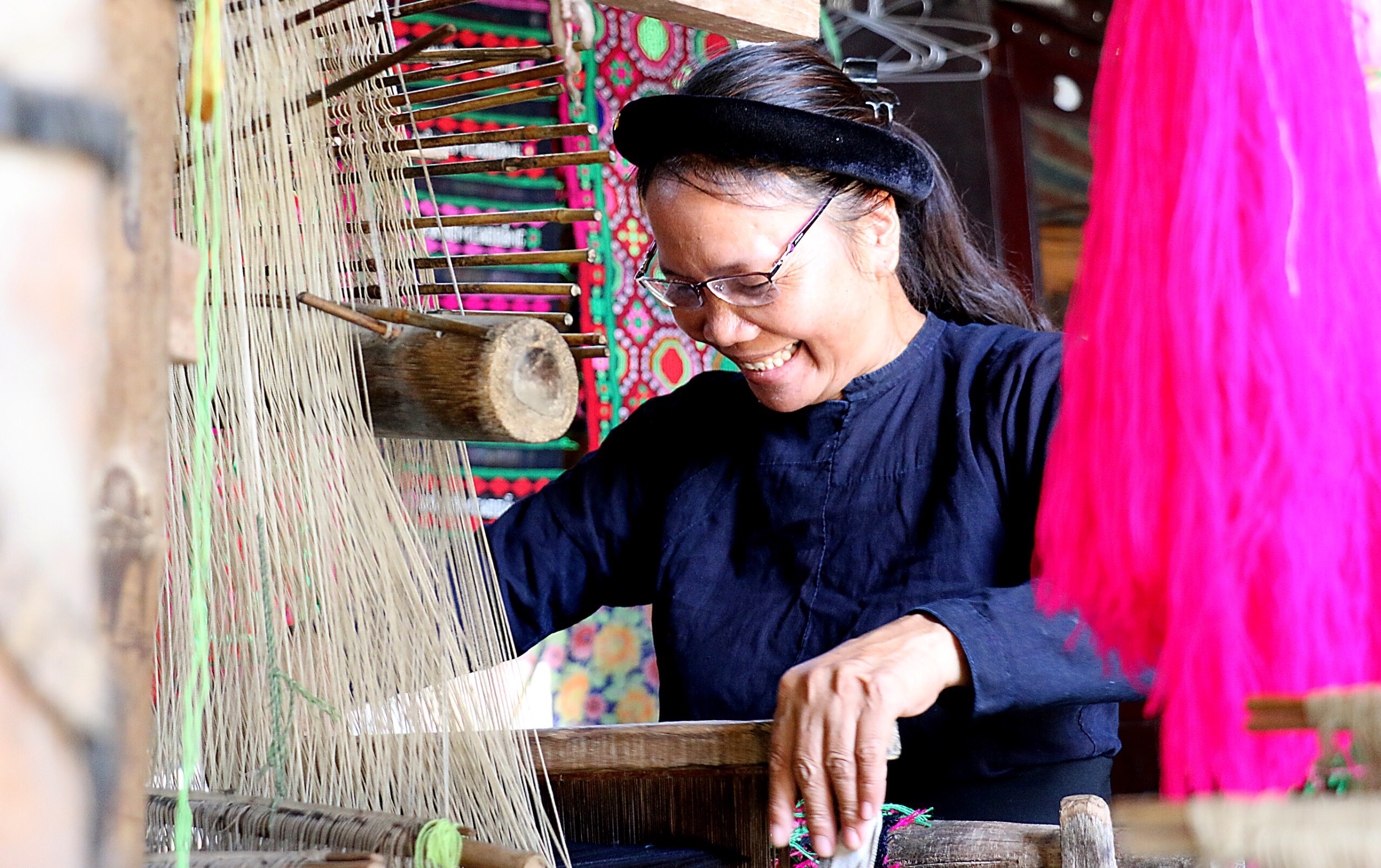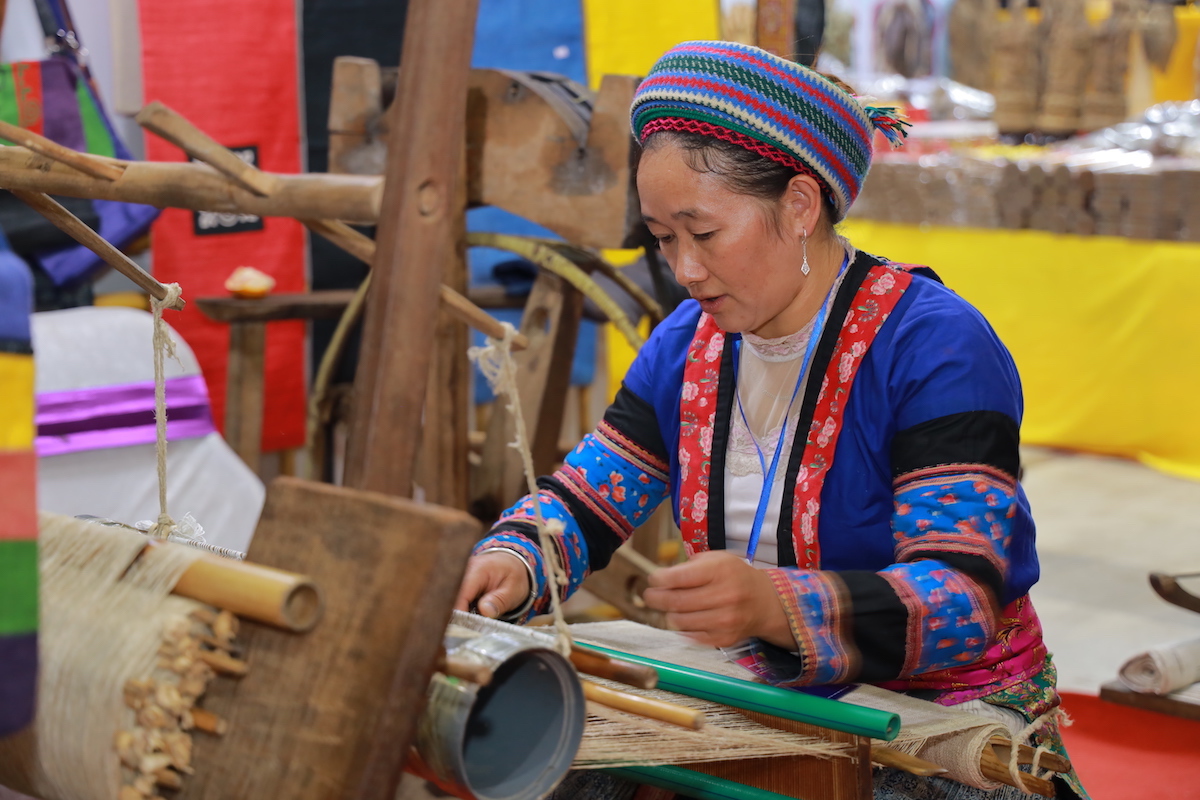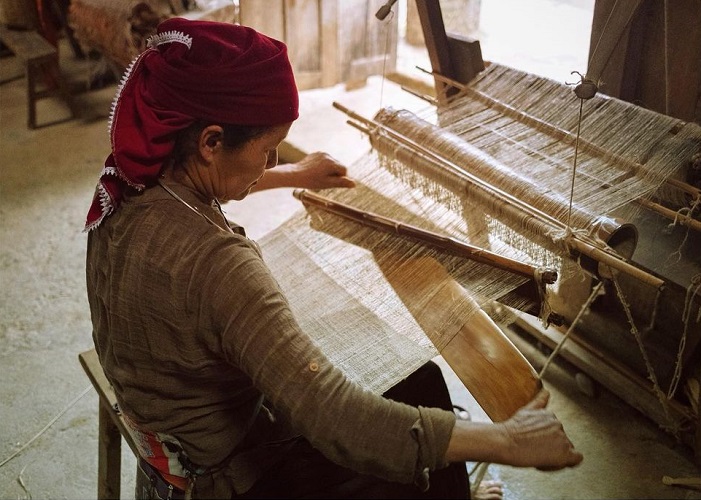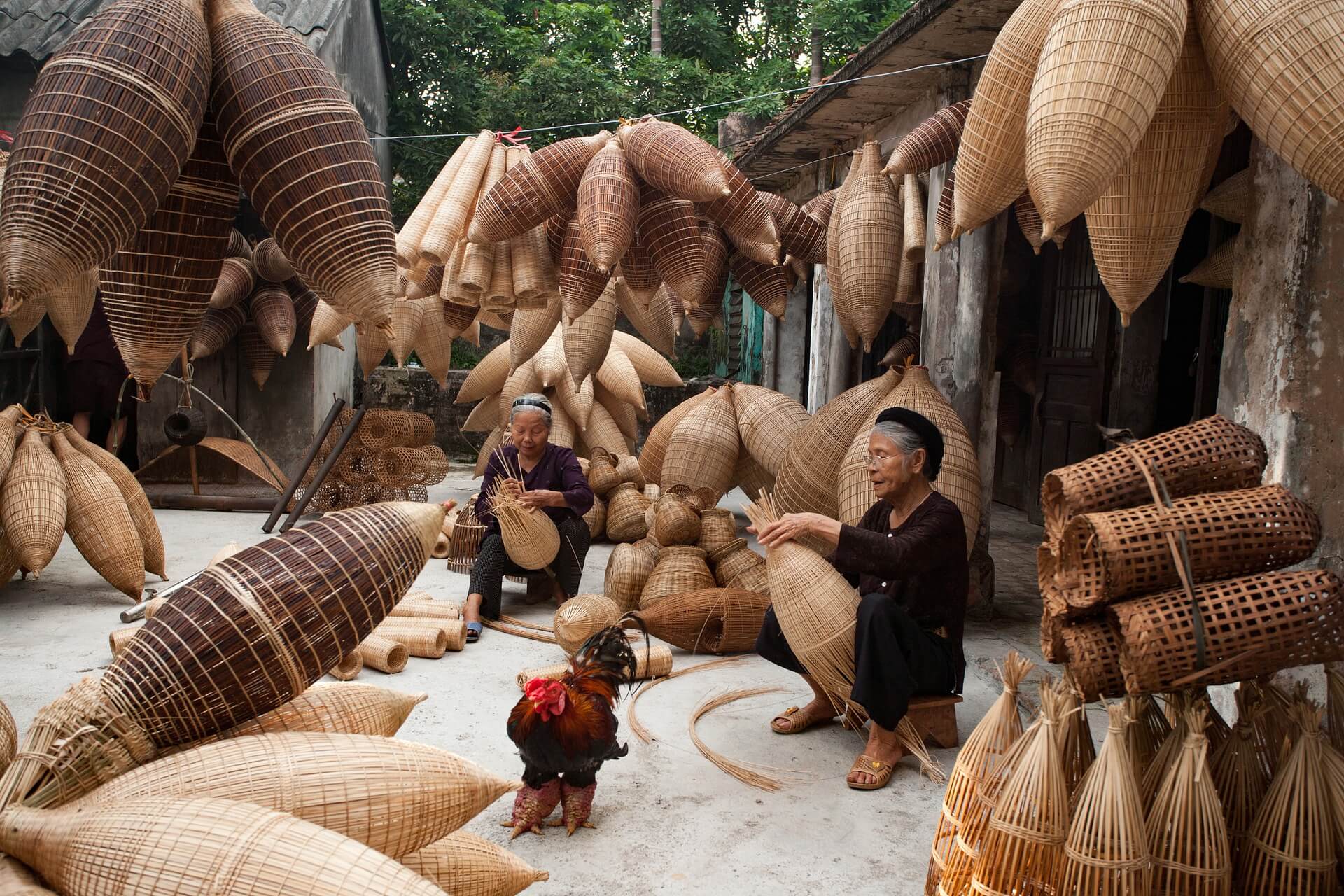In today’s industrialized and automated world, handmade woven products have sparked a strong movement. Not only do they preserve long-standing cultural values, but handwoven heritage has also become a symbol of creativity and rebirth in the digital age. This revival not only reflects the search for original value but also responds to the trend of fast consumption and the overwhelming presence of industrial products. Behind each handmade woven product lies a story of history, people, and art that will never fade.
Woven handicraft in the contemporary context: Reshaping in the digital world
In contrast to the rapid pace of industrial production, handmade weaving is gradually asserting its unique value in the global market. Weavers are not only preservers of ancient techniques but also modern creators, offering products that are personal and unique. These products, whether clothing or decorative items, reflect the creative abilities and the relentless spirit of innovation of artisans in the digital age.
In the digital age, where information and knowledge are transmitted quickly, online platforms have opened up new spaces to promote, connect, and develop the craft of handmade weaving. Creative communities, from Instagram to Etsy, have become places where artisans share their passion, techniques, and stories. Handmade woven products not only target the typical consumer but also attract those seeking individuality and personal expression. As a result, a symbiosis between heritage and technology has opened new doors for this craft.
Cultural heritage in each thread: Handweaving as a non-speech language
Handweaving is not simply a craft; it carries rich cultural and historical stories. Each thread and woven pattern serves not only a decorative purpose but also holds deep values about the traditions and customs of various ethnic groups. The way each artisan chooses colors, materials, and weaving techniques reflects not only their skills but also their personal mark, a way of preserving the intangible values of the past.
In remote areas, handweaving is not just a livelihood but also a connection between the previous and the next generations. Artisans often pass down secrets and weaving techniques through each layer of fabric, creating products that are not only functional but also living testimonies of historical stories. Today, handmade clothes, carpets, or woven fabrics are not merely seen as items; they are cultural heritage that needs to be preserved and promoted.
Convergence of handicraft and modern designs: From tradition to creativity
Many modern designers and artists have found inspiration in handweaving techniques, creating fashion and decorative pieces that carry a strong personal mark. Some have blended classic patterns with contemporary fashion trends, resulting in products that are both sophisticated and highly fashionable. Major brands are also increasingly recognizing the value of handmade weaving, not only in creating unique products but also as a way to connect with consumers through the stories and values behind each piece..
With the rapid development of online platforms, handmade woven products can now reach customers all over the world. Artisans are not only preservers of traditional techniques but also creators who constantly explore and innovate. Through handmade woven products, consumers not only find quality and craftsmanship but also discover the story, origin, and soul of the product, making it an essential part of their personal collection.
Challenges and opportunities in preserving and developing handweaving
Although the craft of handweaving is gradually being revived, it also faces many challenges in maintaining and developing. One of the biggest issues is the shortage of skilled labor and the transfer of knowledge from one generation to the next. Young artisans may struggle to learn and preserve traditional techniques, as the work requires patience and precision. However, many educational initiatives and conservation projects are being implemented to help pass down these techniques to future generations.
Moreover, the competition with cheap industrial products and mass production is putting significant pressure on this craft. However, thanks to the growth of digital platforms, handweavers can now reach a large pool of potential customers and uphold the value of their craft. Online artisan communities also serve as places for them to learn, grow, seek inspiration, and stay updated with new trends, thereby building a sustainable future for handweaving.
Handwoven heritage, with every thread, carries the power of history and infinite patience. In the digital world, it stands as a testament to the vitality of tradition, a reminder of the sustainable values that technology cannot replace. Handweaving is not just preservation; it is also rebirth, where the past meets the present, opening up an endless creative space. Even in this era, we still find beauty in simplicity and authenticity. It is these values that will live on, enduring through time.
Kina | Cameron Truong

